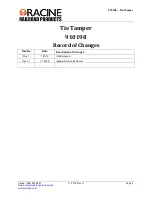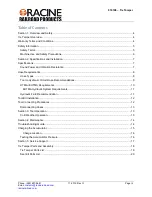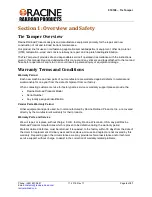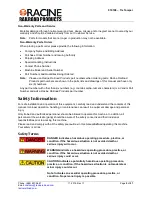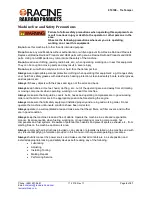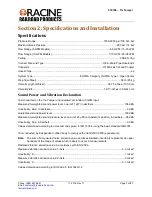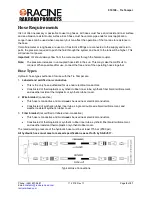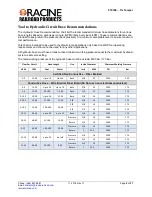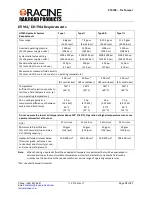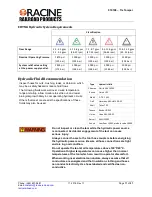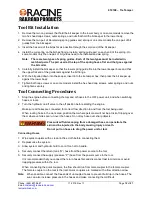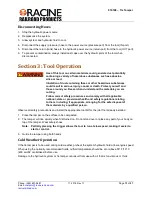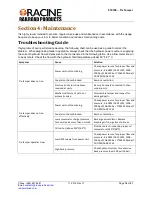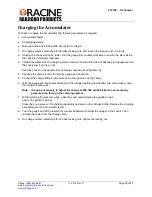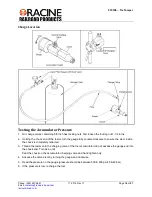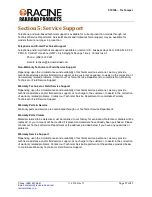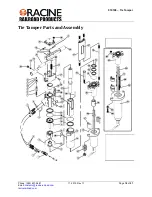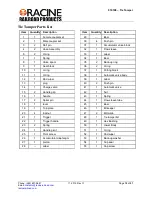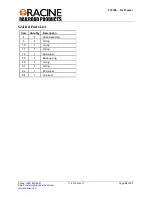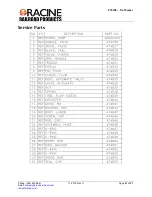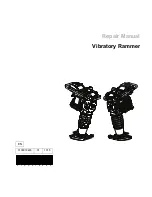
910198 – Tie Tamper
Phone: (262) 637-9681
11.2019 Rev 1.1
Page
13
of
21
Disconnecting Hoses
1. Stop the hydraulic power source.
2. Depressurize the system.
3. Allow system and hydraulic fluid to cool.
4. Disconnect the supply (pressure) hose to the power source (pressure port) from the tool (IN port).
5. Disconnect the return (tank) hose to the hydraulic power source (return port) from the tool (OUT port).
6. To prevent contamination, always install dust caps over the hydraulic ports of the tool when
disconnected.
Section 3: Tool Operation
Use of this tool on certain materials could generate dust potentially
containing a variety of hazardous substances such as asbestos,
silica or lead.
Inhalation of dust containing these or other hazardous substances
could result in serious injury, cancer or death. Protect yourself and
those around you. Research and understand the materials you are
cutting.
Follow correct safety procedures and comply with all applicable
national, state or provisional health and safety regulations relating
to them, including, if appropriate, arranging for the safe disposal of
the materials by a qualified person.
Observe all safety precautions and install the appropriate tool bit for the job if not already installed
1. Place the tamper on the surface to be compacted
2. The tamper will rise quickly when first turned on. Do not stand over or place any part of your body on
top of the tamper. Wear safety shoes
Note: Partially pressing the trigger allows the tool to run at slow speed, making it easier to
start or control.
3. Guide the tamper using both hands
Cold Weather Operation
If the tie tamper is to be used during cold weather, preheat the system hydraulic fluid at low engine speed.
When using the normally recommended fluids, oil fluid temperature should be at or above 50° F/10° C
(400 ssu/82 centistokes) before use.
Damage to the hydraulic system or tie tamper can result from use with oil that is too viscous or thick.


